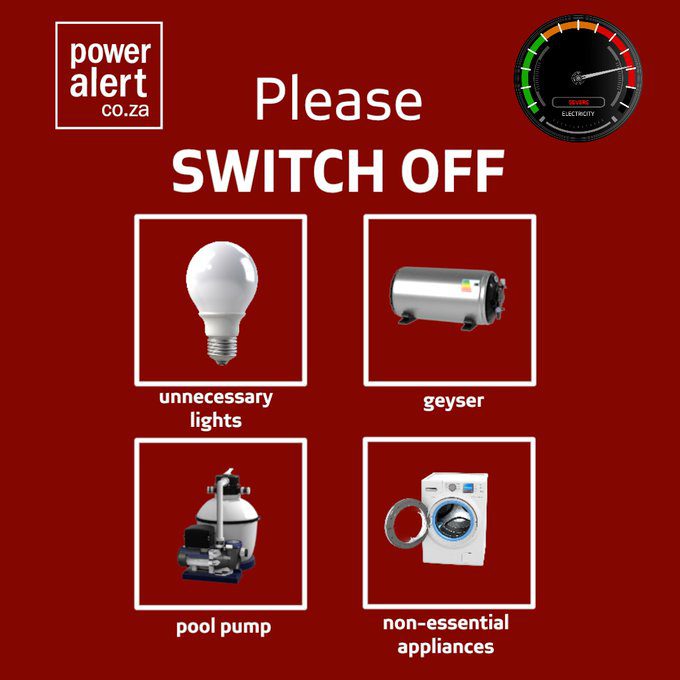
Energy Saving: 7 Smart Tips to Cut Costs and Boost Efficiency
Energy Saving is crucial for reducing costs, protecting the environment, and promoting sustainable living. By adopting effective energy-saving strategies, households and businesses can lower their electricity consumption, reduce carbon emissions, and support global efforts toward a greener future.
Using energy-efficient appliances reduces electricity consumption and lowers utility bills. Look for products with high Energy Star ratings and modern technology designed to optimize power usage while maintaining performance.
Proper insulation in walls, roofs, and windows helps maintain indoor temperatures, reducing the need for excessive heating or cooling. Implementing these measures can significantly decrease energy consumption and costs.
Switching to LED bulbs, installing motion sensors, and using dimmers can greatly reduce energy use. Smart lighting not only saves energy but also increases convenience and enhances home or office ambiance.
Solar panels, wind turbines, and other renewable technologies offer sustainable alternatives to traditional electricity. Investing in green energy sources reduces dependency on fossil fuels and contributes to environmental conservation. For more resources, visit International Energy Agency.
Adopting daily energy-conscious habits is one of the most effective ways to reduce electricity consumption and promote sustainable living. Simple actions such as turning off lights and appliances when not in use, unplugging electronics to prevent standby power drain, and taking advantage of natural ventilation instead of air conditioning can collectively make a significant impact on energy bills. Additionally, setting timers for devices, using energy-efficient cooking methods, and adjusting water heater temperatures are practical steps that can save both energy and money. Encouraging family members, colleagues, or roommates to adopt these habits fosters a culture of awareness and responsibility.
Maintaining HVAC systems, using programmable thermostats, and sealing leaks can enhance efficiency. Regular maintenance ensures the system consumes less energy while providing comfortable indoor conditions.
Smart meters and energy monitoring apps provide real-time insights into consumption patterns. Tracking usage helps identify areas for improvement and encourages cost-effective energy management strategies.
Community programs and workshops can educate citizens about energy-saving techniques. Schools, local councils, and companies can collaborate to promote sustainable practices. For related initiatives, see our internal page Sustainable Living Tips.
Government incentives for renewable energy adoption, subsidies for energy-efficient appliances, and clear policies encourage wider participation in energy-saving efforts. Such programs enhance sustainability and reduce overall environmental impact.
Recognizing energy-saving achievements in homes, schools, and businesses fosters community engagement and motivates continued efforts. Sharing success stories and best practices inspires others to adopt sustainable energy behaviors.
Energy Saving is more than reducing bills; it’s about creating a sustainable future, conserving resources, and lowering environmental impact. By integrating energy-efficient appliances, renewable energy sources, smart habits, and community engagement, individuals and organizations can collectively achieve significant savings and positive ecological outcomes. Policy support and incentives further enhance the adoption of sustainable practices. Monitoring, awareness campaigns, and celebrating achievements ensure long-term commitment to energy efficiency. Embracing these strategies today paves the way for a greener, more resilient world for generations to come.7
Cape Town | South Africa